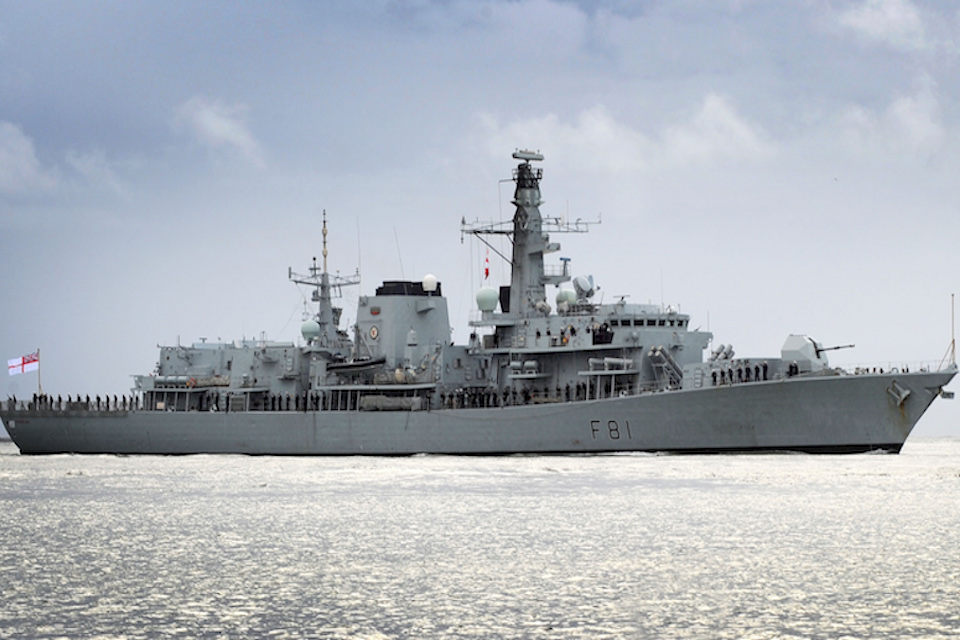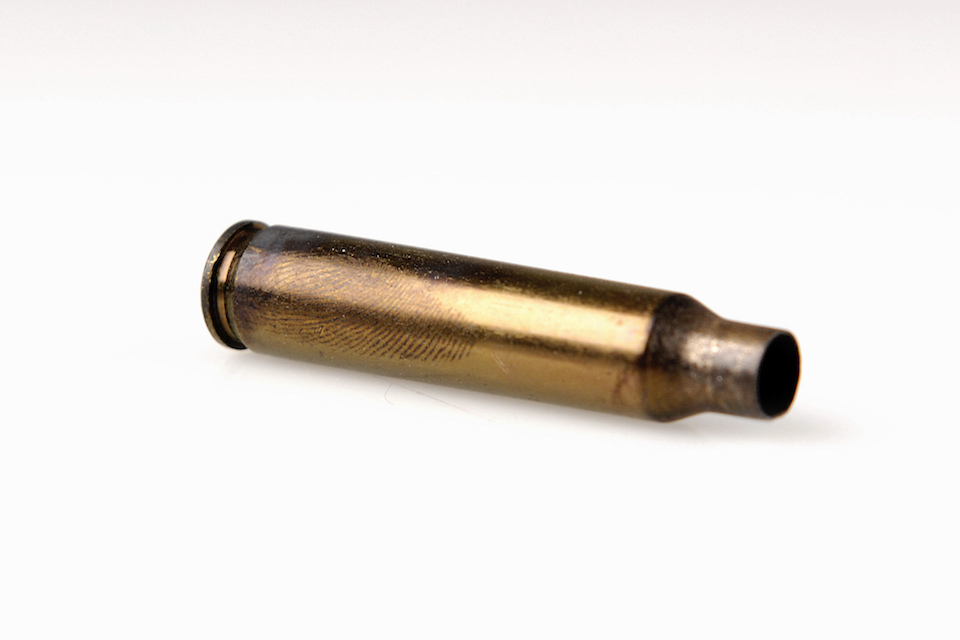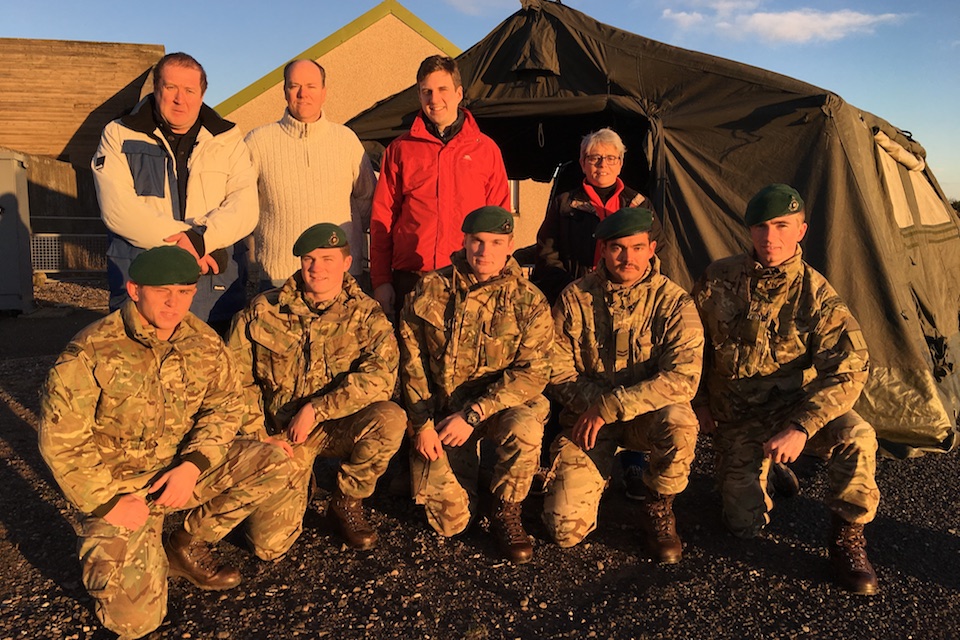News story: UK troops awarded UN medals for South Sudan peacekeeping mission
Updated: Text updated
MEDALS have been awarded to 106 UK troops currently deployed on Op TRENTON, the UK contribution to the United Nations Mission in South Sudan (UNMISS).
There are nearly 400 troops deployed in the world’s newest country, split across three locations. Soldiers from the 32 Engineer Regiment led Task Force were recognised for their service to the UN by the Special Representative of the Secretary General Mr David Shearer on parade in Malakal. He said:
I would like to recognise the commendable efforts of everyone here on parade and honour your dedicated service here in South Sudan. Your efforts and professionalism are highly regarded and you make a valuable contribution to UNMISS.Wear these medals as the proud and worthy ambassadors of your country and of the United Nations that you are.
The UK Engineering and Medical Task Force has made a vital contribution to supporting the UN mission through improving infrastructure in the form of helicopter landing sites, runways, jetty and drainage improvements and staff accommodation builds. They have also been staffing the UK built Level 2 field hospital which provides essential healthcare to over 1,800 UN civilian and military staff based in Bentiu.
Air Vice Marshall Gary Waterfall, Chief of Staff for Joint Operations, also presented medals and thanked the soldiers for their work which represents the UK’s renewed contribution to UN peacekeeping operations. He said:
We are dipping our toe back into the peacekeeping waters. But this moment marks that we have made it a step further, with our first full rotation earning their medals. I am proud of this achievement, and proud of all of you on parade that have made it possible.
The Commanding Officer of the UK Task Force is Royal Engineer, Lieutenant Colonel Katie Hislop. She said:
Today is about our people and providing the recognition that all our soldiers deserve; not just those visible on the parade square right now, but those who are in the sangars and behind the scenes covering essential duties to protect and sustain us.
The Task Force has faced some unique challenges during its deployment which began at the start of the wet season. However, through innovation and teamwork, much needed improvements to UN infrastructure in both Malakal and Bentiu have been made. These will have a lasting impact on the mission and the next engineering contingent has been set up well for success next year.
The current contingent will remain in South Sudan over the Christmas period, continuing to enable the mission to protect civilians and build durable peace. They will return home to their families in January 2018.


